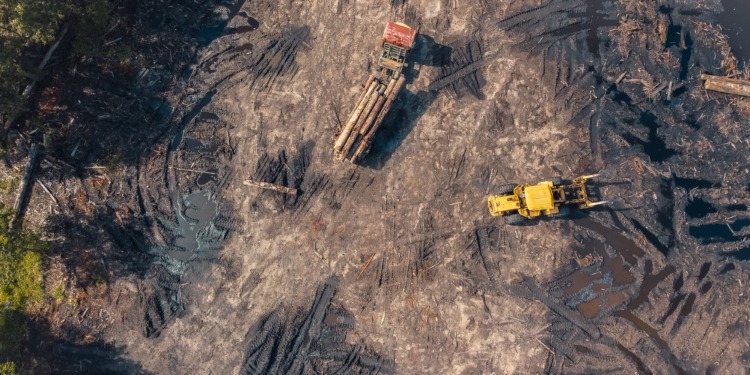According to Brazil’s National Institute for Space Research, deforestation of the Amazon rainforest fell by 66% between July 2022 and July 2023. The data shows that 500 square kilometers of were cleared last month – a massive drop from 1,487 square kilometres a year ago.
This is encouraging evidence of progress towards the COP26 goal of ending and reversing deforestation by 2030.
How did this happen?
Since taking office in January 2023, Brazilian President Luiz Inacio Lula da Silva has helped with the stricter enforcement of environmental laws, cracking down on illegal deforestation and logging, and offering incentives for better land use and sustainable farming methods.
The president’s main political action so far has been devoted to the restoration of the Amazon rainforest, and the protection of its Indigenous peoples. This is a direct u-turn in policy from the previous right wing administration of Jair Bosonaro.
One of his main achievements so far has been attracting major contributions to the Amazon Fund, which is focused on preventing deforestation and promoting its conservation and sustainable use.
Both the UK and US have made substantial pledges, with the UK committing $101 million and the US $500 million. Other contributors include Denmark and Germany.
The new Brazilian government has also declared a state of emergency to help protect the Amazon’s indigenous peoples and signed a demarcation decree to legalise their land.
This encouraging change in policy is in response to increasing outcry from the people of Brazil, who have staged protests and campaigns against deforestation in Brazil.
Why is the Amazon so important?
“Forests are the world’s air-conditioning system – the lungs of the planet – and we are on the verge of switching it off.”
– Prince Charles.
The Amazon is the most important rainforest we have left in terms of size and diversity and plays an important part in regulating the climate by absorbing carbon and releasing oxygen. As such, its existence is also vital in the fight against climate change.
A further reason that the Amazon rainforest is so important is its biodiversity – it is estimated that it contains around half of Earth’s wildlife. It is an important resource for humans too, with many Indigenous communities relying on it for their livelihoods.
Hope for the future?
“Worldwide, we have now destroyed over half of the forest that once flourished on our planet. Not only are we losing the animals that once lived on them, but we’re also changing the climate of the entire globe.”
– David Attenborough, British naturalist and broadcaster.
Although many see the deforestation of the Amazon as reaching a tipping point, there are other countries following Brazil’s example – primarily Indonesia and Malaysia.
There is further hope reflected in the “Amazon Cooperation Treaty Organization (ACTO)” summit, hosted by Brazil on August 7-8 and attended by the leaders of eight Amazon rainforest nations, to discuss a plan to be presented at COP28 to halt the rainforest’s destruction.
Notable scientists are also seeing the situation as potentially turning around. Leading Brazilian climate scientists Carlos Nobre, who had warned that the Amazon is close to passing a tipping point, stated:
“I can see a greater political movement all over the world to reduce deforestation – Indonesia, some countries in Africa, many countries in the Amazon. In Brazil, there was a significant reduction in deforestation in June. Ideally speaking, I hope when you compute 2023 compared with 2022, there may be a 50% reduction, which would be very good. If Brazil wants to reach zero deforestation by 2030, getting a 50% drop would be very good news”
Although the world’s rainforests have been devastated at an astonishing rate for many years, the new figures and commitment from both politicians and scientists show that there is hope for the future.
Editor’s Note: The opinions expressed here by the authors are their own, not those of Impakter.com — In the Featured Photo: Aerial Photo of Truck Carrying Timber. Featured Photo Credit: Pok Rie.









